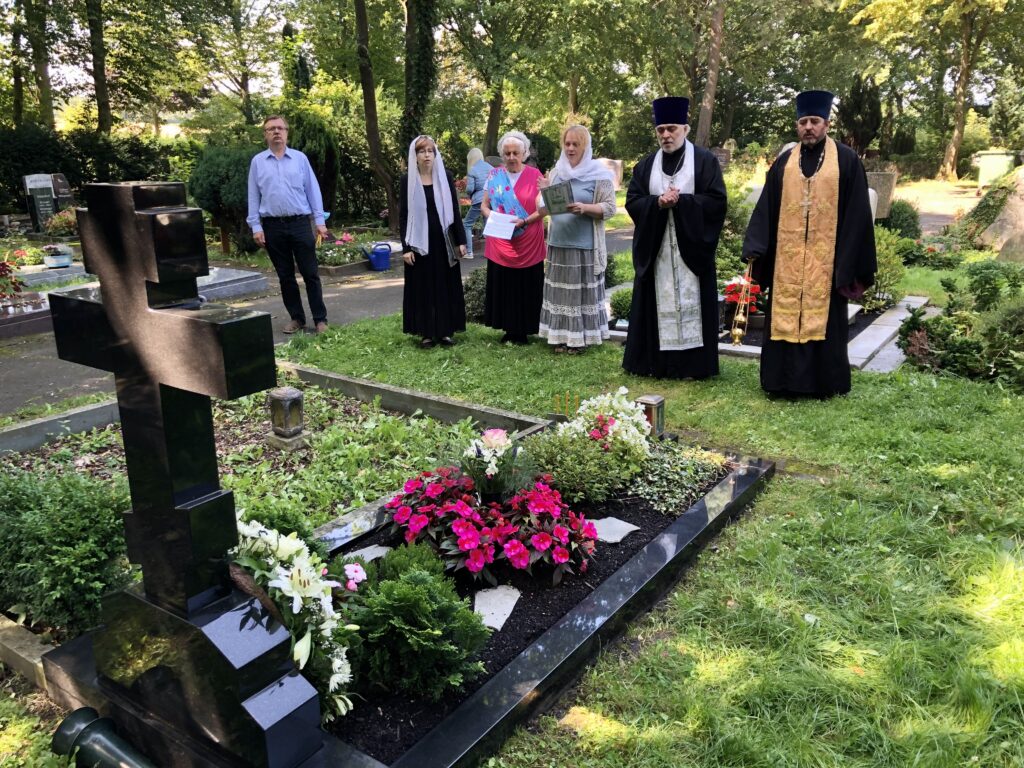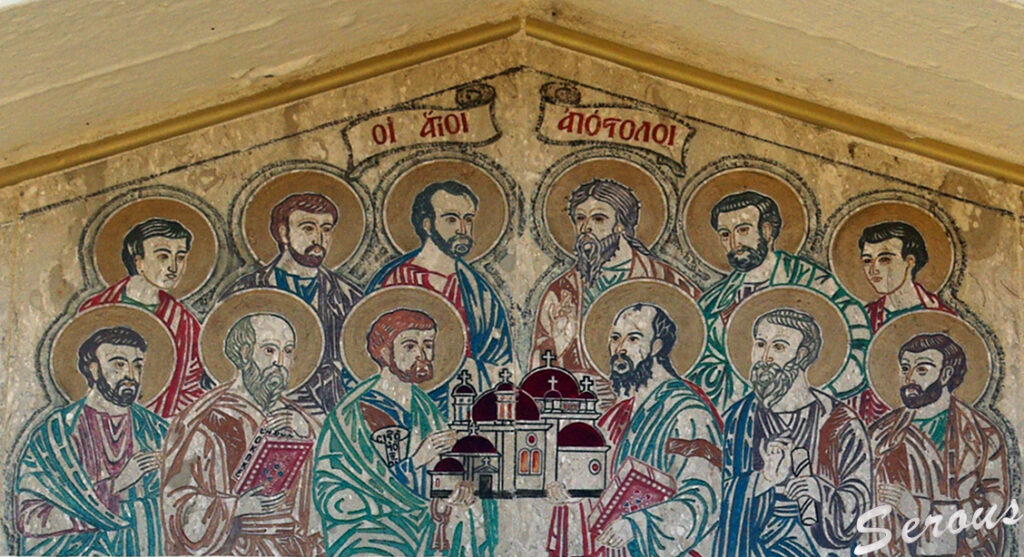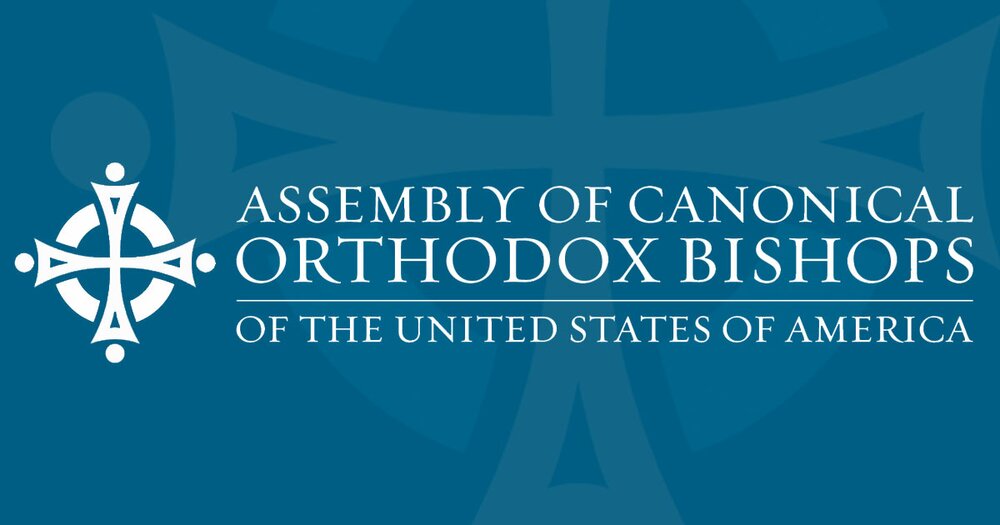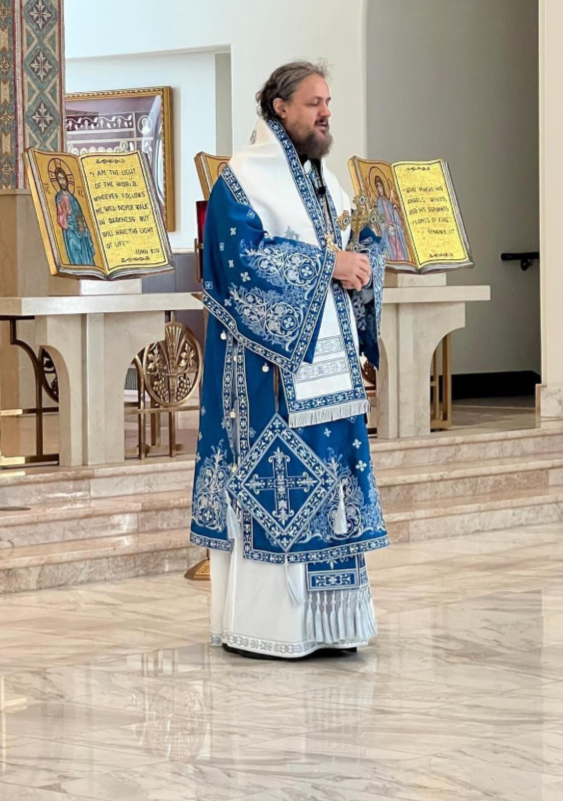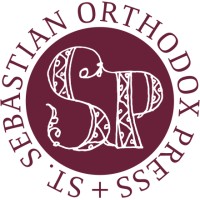*** Notes from Fr Laurent’s class on 11/13/2025 in Sandpoint (for those who missed it!) ***
An Orthodox Christian Defense of Prayers for the Dead
Prayers for the deceased are a cornerstone of Orthodox Christian practice, shared with Catholics and rooted in ancient Jewish (Old Testament) tradition. This practice, far from being a later innovation, is deeply biblical, historically attested, and theologically coherent, reflecting a profound belief in God’s mercy, the communion of saints, and the hope of resurrection.
Beginning with the Old Testament accounts of Saul, David, and Jeremiah, and culminating in the explicit testimony of 2 Maccabees—whose authority is affirmed by its influence in Hebrews 11—this article defends the practice of praying for the dead as an integral part of Orthodox Christian worship.
Biblical Foundations: Saul, David, and Jeremiah
The belief that life continues after death, foundational to prayers for the dead, is evident in the Old Testament. In 1 Samuel 28:11–15, King Saul visits the medium at Endor to summon the soul of the prophet Samuel. While the act of necromancy is condemned, the narrative assumes Samuel’s soul persists and can be addressed, reflecting an Israelite understanding of an afterlife. This worldview underpins the practice of honoring and interceding for the deceased.
King David’s laments further illustrate this tradition. In 2 Samuel 1:26, David grieves for Jonathan: “I grieve for you, Jonathan my brother; you were very dear to me. Your love for me was wonderful, more wonderful than that of women.” Similarly, for Abner, David sings, “Should Abner have died as the lawless die? Your hands were not bound, your feet were not fettered. You fell as one falls before the wicked” (2 Sam. 3:33–34). These are not mere eulogies but poetic addresses to the deceased, expressing grief and honor, suggesting a connection with the departed that anticipates later prayers for their souls.
In 2 Chronicles 35:25, the prophet Jeremiah composes laments for King Josiah, killed in battle against Pharaoh Neco at Megiddo (c. 609 BCE). These laments became an annual commemoration in Israel: “Jeremiah also uttered a lament for Josiah, and all the singing men and singing women have spoken of Josiah in their laments to this day. They made these a custom in Israel.” This practice of regular memorial services prefigures the Orthodox Panikhida, where the dead are remembered and prayed for.
2 Maccabees: Explicit Support for Prayers for the Dead
The most direct biblical endorsement of prayers for the dead appears in 2 Maccabees 12:44–45, which recounts Judas Maccabeus’s actions after a battle. Discovering that fallen Jewish soldiers had worn forbidden idols, Judas and his men prayed for their sins to be forgiven and collected funds to offer a sin offering in Jerusalem: “If he hadn’t been looking forward to the resurrection of the dead, then it would have been unnecessary and frivolous to pray for them. He was looking, however, to that best reward laid up for those who die in godliness, and so this was a pious and holy thought. Thus he made an offering of reconciliation so that the dead would be forgiven of their sin” (2 Macc. 12:44–45). This passage explicitly affirms prayers and offerings for the deceased, grounded in belief in the resurrection and God’s mercy.
Some may question the canonicity of 2 Maccabees, as it is part of the Deuterocanonical books, accepted by Orthodox Christians and Catholics but not by Protestants. However, its authority is reinforced by its influence in the New Testament. Hebrews 11, the “faith chapter,” recounts the heroic deeds of Old Testament figures like Abraham and Noah, and includes the seven Maccabean martyrs (Heb. 11:35–38), whose story is found in 2 Maccabees 7. By treating these martyrs as exemplars of faith, the author of Hebrews affirms the sacred history of 2 Maccabees. Even if viewed as a historical document, 2 Maccabees reflects Jewish practices in the 2nd century BCE, predating Christianity and informing its theology.
Additional Biblical Support
Beyond 2 Maccabees, other texts suggest prayers for the dead. In 2 Timothy 1:16–18, Paul prays, “May the Lord grant mercy to the household of Onesiphorus… May the Lord grant him to find mercy from the Lord on that Day.” The past-tense references to Onesiphorus’s service and the prayer for his mercy “on that Day” (likely the day of judgment) suggest he was deceased. Paul’s intercession aligns with Orthodox prayers for the departed, expressing hope in God’s mercy.
Jewish Tradition: Continuity with Ancient Practices
Jewish practices provide continuity between biblical accounts and Christian tradition. By the Second Temple period (c. 516 BCE–70 CE), communal fasting and mourning on leaders’ death anniversaries were common, as noted by medieval commentator Rashi. The Talmud (Yevamot 122b) describes annual gatherings at the graves of great men during the Amoraic period (3rd–5th centuries CE), echoing the memorial singing for Josiah. These customs, formalized in the yahrzeit, demonstrate the antiquity of commemorating the dead, which Orthodox Christian prayers, such as those in the Panikhida, extend.
Early Church: Universal Practice
The Early Church universally embraced prayers for the dead, as evidenced by ancient liturgies, including those of St. James, St. Basil, and St. John Chrysostom, which include intercessions for the departed. Catacomb inscriptions requesting prayers for the deceased and writings of Church Fathers like Tertullian and Cyril of Jerusalem confirm this apostolic practice. Cyril (4th century) notes in his *Catechetical Lectures* that such prayers benefit both the living and the dead, reflecting the Church’s unity across time. The absence of controversy over this practice in early Christianity underscores its apostolic origin.
Theological Coherence: Faith, Hope, and Love
Prayers for the dead are not about altering God’s judgment but participating in His mercy. Orthodox theology holds that the soul faces a particular judgment at death, with the final judgment awaiting Christ’s return. In this interim state, prayers express the Church’s intercessory role, uniting the living and the dead in the Body of Christ. This communion of saints, a hallmark of Orthodox and Catholic theology, reflects faith in God’s mercy, hope in the resurrection, and love that transcends death. As 2 Maccabees 12:44–45 shows, Judas’s prayers were motivated by resurrection hope and a desire for forgiveness, a model for Orthodox practice.
Addressing Objections
Critics, often from Protestant traditions, may argue that prayers for the dead lack clear New Testament support or that 2 Maccabees is non-canonical. However, Hebrews 11’s reliance on 2 Maccabees, the likely reference to Onesiphorus in 2 Timothy, and the absence of biblical prohibitions counter these claims. The universal practice of the Early Church, rooted in Jewish tradition, suggests an apostolic mandate. Even as a historical document, 2 Maccabees validates the antiquity of praying for the dead. Critics may also claim such prayers imply works-based salvation, but Orthodox theology clarifies they are acts of love, expressing participation in Christ’s redemptive mercy, not earning salvation.
Conclusion
Prayers for the dead are a biblical, historical, and theologically rich practice uniting Orthodox Christians, Catholics, and Jews. From Saul’s recognition of an afterlife, to David’s and Jeremiah’s laments, to the explicit prayers of 2 Maccabees—affirmed by Hebrews 11—these practices are deeply rooted in Scripture. Jewish customs and Early Church liturgies confirm their continuity, while their theological coherence reflects faith, hope, and love. Praying for the departed is not merely tradition but a profound affirmation of the Church’s unity and Christ’s victory over death, proclaiming that “neither death nor life… can separate us from the love of God in Christ Jesus our Lord” (Rom. 8:38–39).

